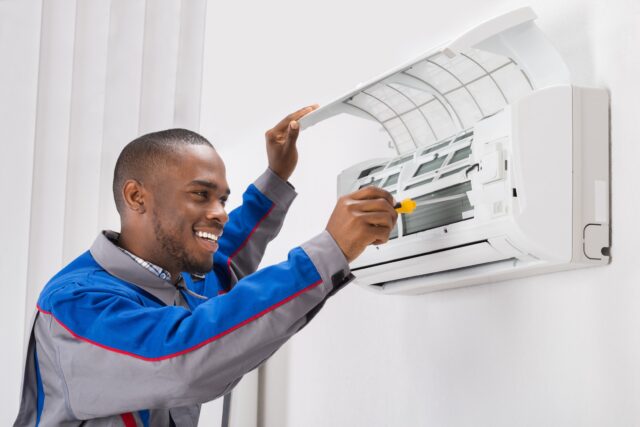
Looking to save some money on energy bills? You can start by making sure your air conditioning receives regular maintenance. It’s a bummer to come home on a hot and sticky summer day only to find the AC not working properly, or not working at all. That could be because you’re not taking any measures to maintain your AC.
Even when not in use, electrical appliances and machines need care and maintenance. Just because you’re not using the AC in the winter doesn’t mean you can ignore maintenance.
An AC running poorly will cost you more in bills and use up more energy than it’s designed to use. Knowing how to take care of it during the on and off seasons will ensure it works when you need it most, and prolong its life.
1The Main Mechanical Components of Conditioning Systems
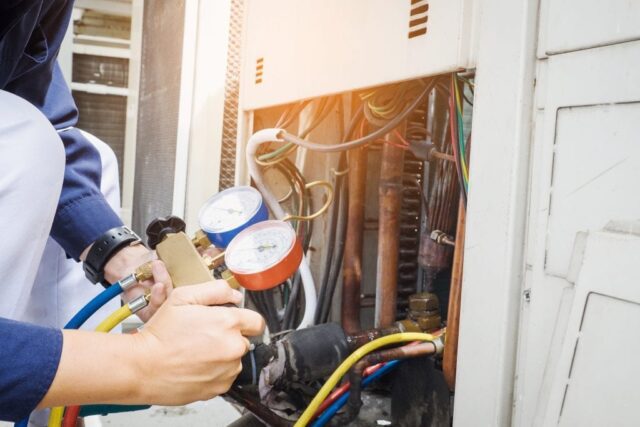
1. Compressor
This is the core of the system. Like our hearts that pump blood to the entire body, the compressor works as a pump, causing the refrigerant to flow. Its job is to pump refrigerant from the outdoor unit to the indoor unit.
The compressor is motor-driven and works with a type of squeeze of the refrigerant from moving pistons. It raises its temperature, then the refrigerant leaves the compressor in a hot and high-pressure gaseous state. If the pistons in the air-conditioner stop functioning, this means the compressor unit itself needs fixing.
Depending if you live in colder or hotter than average climates, there could be different ways to maintain the compressor. In harsh winters, it can be advised to cover the compressor with a clean cloth. Your air-conditioner must be off at the time of doing so. You can also find a high-pressure switch to utilize. This is extra helpful when the climate is extremely hot, and engaging the high-pressure switch can stop the compressor from overheating.
Being the heart of the system, any compressor draws in dust and other elements that go into the air filter. If your outdoor unit isn’t cleared from shrubs, debris, and the like, it can break down the compressor before its time.
2. Condenser
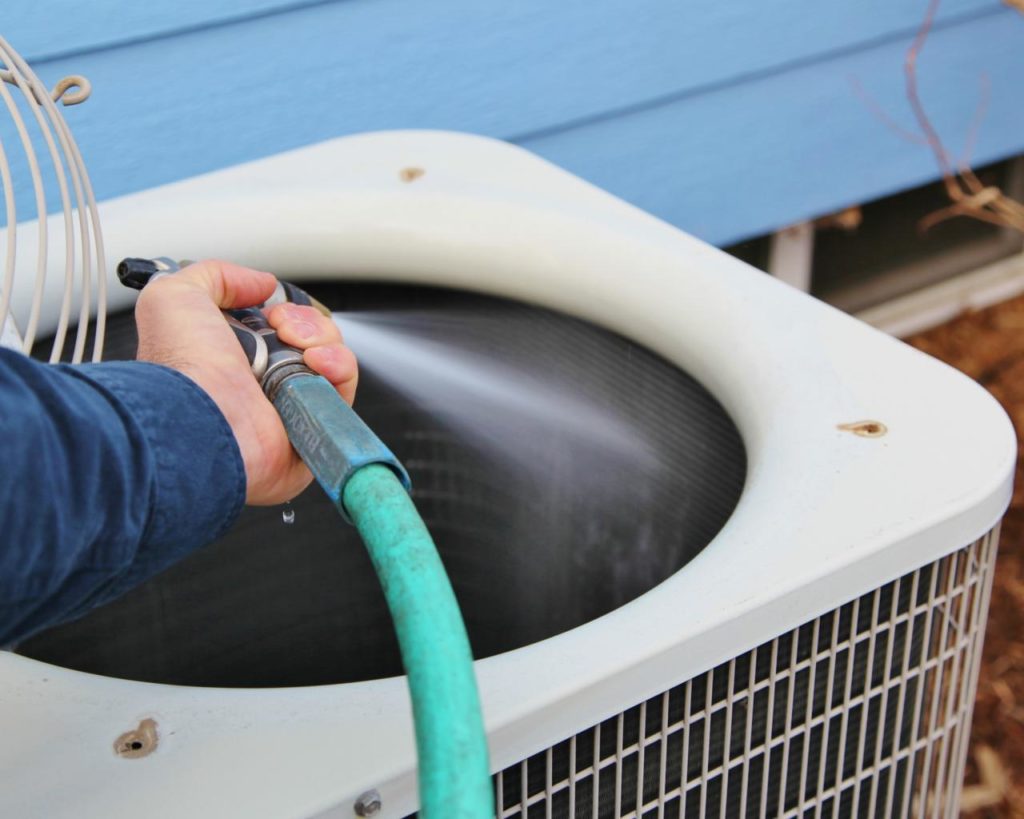
The condenser coil is a series of piping with a fan that draws outside air across the coil. To clean it, turn off the main power of the AC.
You can use a soft vacuum brush to remove debris, weeds, bugs, and other elements that get caught in the fins of a condenser. You should use the vacuum around 2 feet away from the condenser.
3. Evaporator Coil
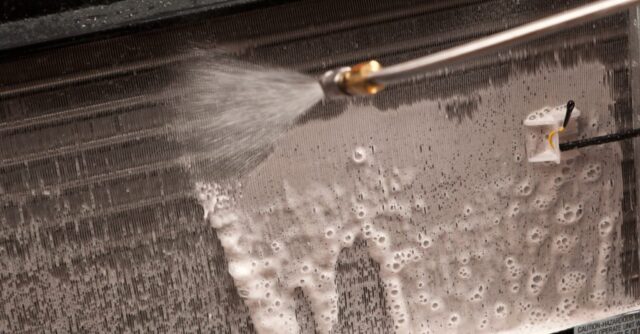
This is where the cold air comes from. Coils can become eroded and a weak coil can also cause refrigerant leaks.
4. Blower
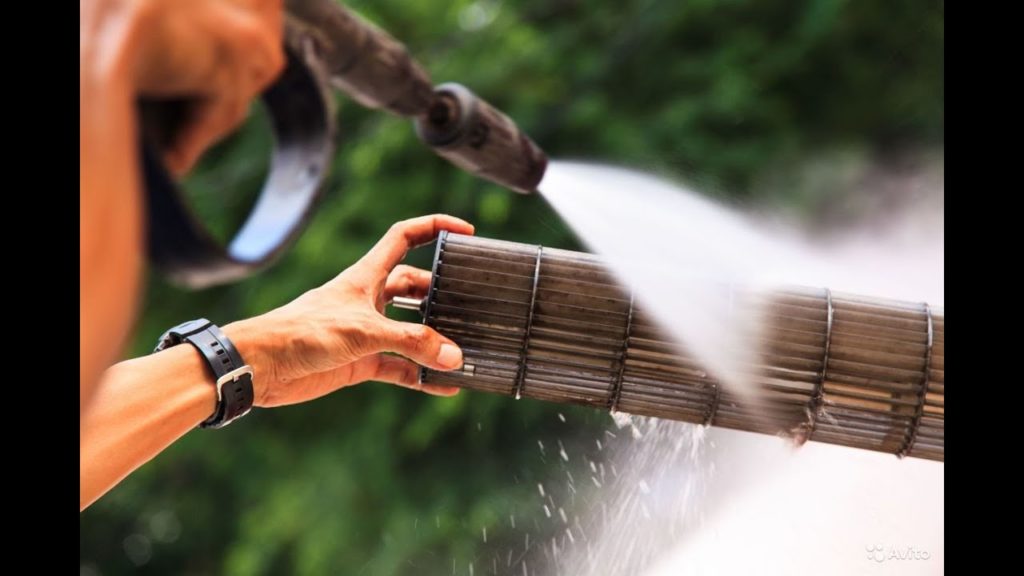
The air-blower is the fan component. As its name suggests, this is the part that produces air movement.
In a HAVC system, there are basically 4 types of fans that can be used; propeller fan, centrifugal fan, vane-axial fan or tube-axial fan. Each type suits different purposes.
5. Chemical Refrigerant
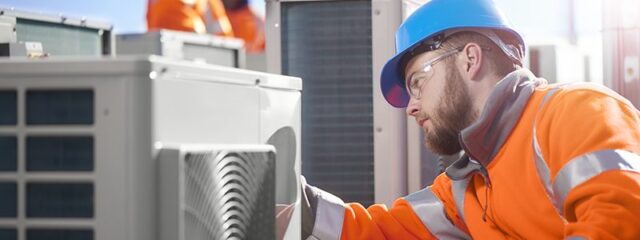
Refrigerants are the chemicals that shift from a liquid to a gas state. Unlike in the past, the chemical blends used in most of today’s ACs are safe for the environment.
Your role as a consumer is to purchase an AC that indicates the type of refrigerant blend being used. You will probably find stickers indicating the refrigerant being ozone friendly.
2Taking Care of Your Unit All Year Round
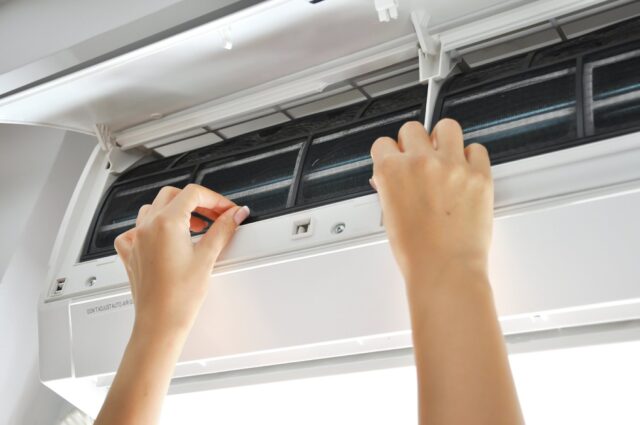
1. Filters
Even during cooler seasons, the filters need to be cleaned, albeit less often, until they need to be replaced. Clogged filters will immediately lower the AC’s performance since the air can’t flow through freely.
That’s why, according to mytrustedcontractor.com, filter changing is one of the most important tasks when it comes to maintenance. You’d need to find a plumber in Kentucky for this. When not done routinely, the machine will have to work much harder to cool your home. This results in higher energy bills as well as reducing the lifespan of the AC.
Depending on the type of filter you have, filter changing times can range from once a month (usually for fiberglass filters) to once every six months (for more high-end pleated filters). It may also depend on the environment you live in. If you have pets or live in an area where dust is more common, you would probably need to clean or replace filters more often.
2. Coils
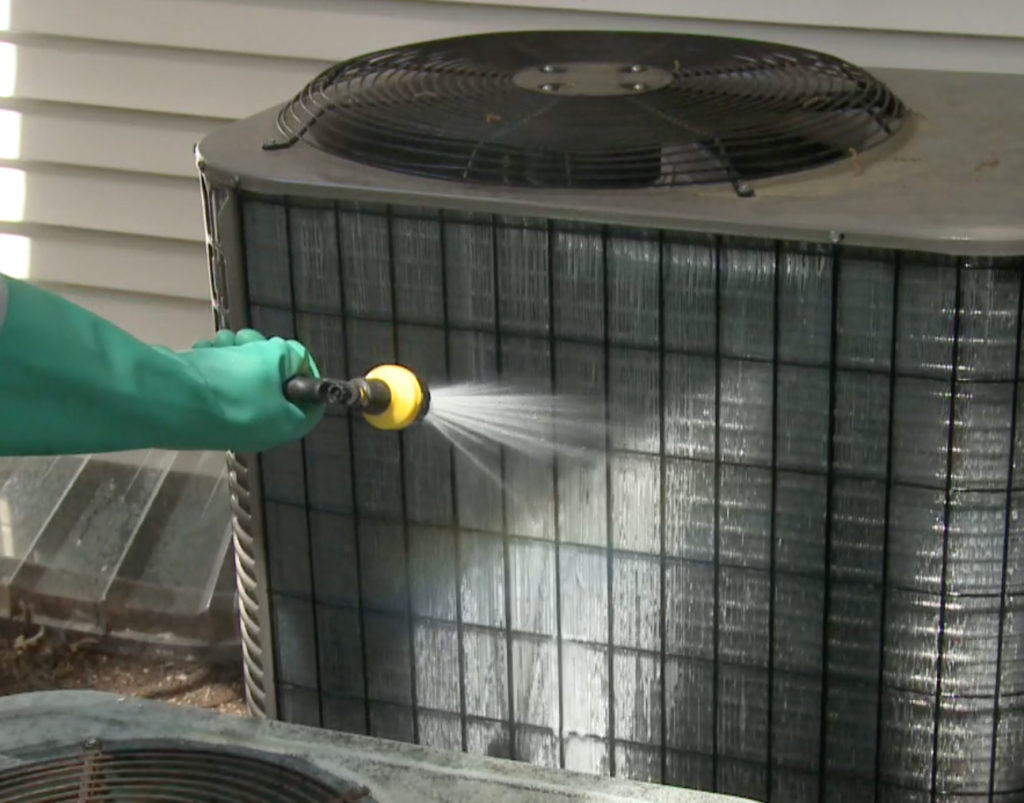
Cleaning the filters helps protect the evaporator coil from getting soiled, but the coil can still get dirty over time. The evaporator coil should be checked annually and cleaned accordingly. Outdoor condenser coils are prone to getting even dirtier.
You have to minimize the dirt and debris that they collect. You can cover the condenser during colder months, but not with plastic. You need to use breathable material.
3. Coil Fins
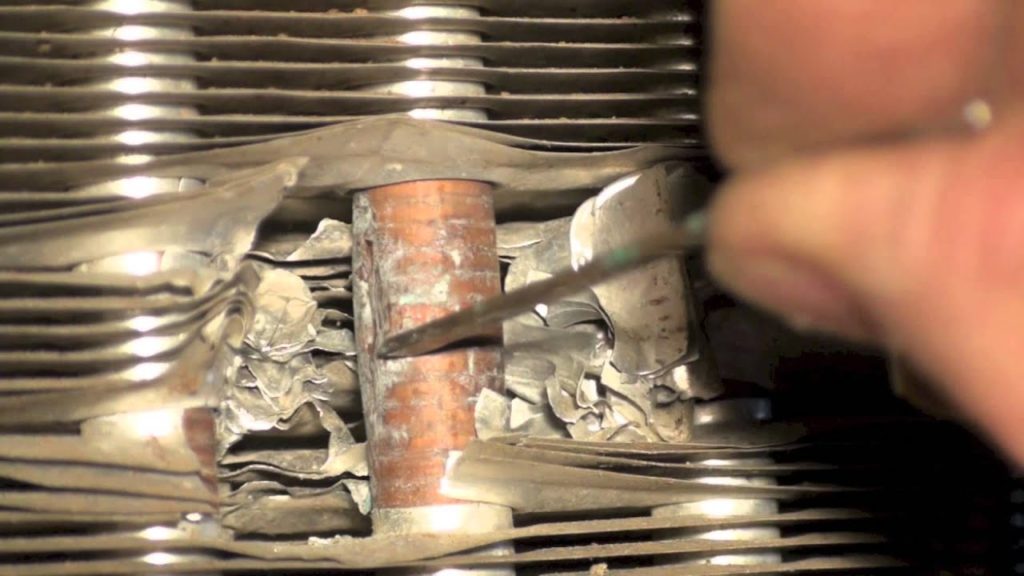
The condenser and evaporator have fins. You can spray the fins with moderate water pressure using a water hose. Fins can also get bent, but you can purchase a fin comb that brings them back into shape.
4. Ducts
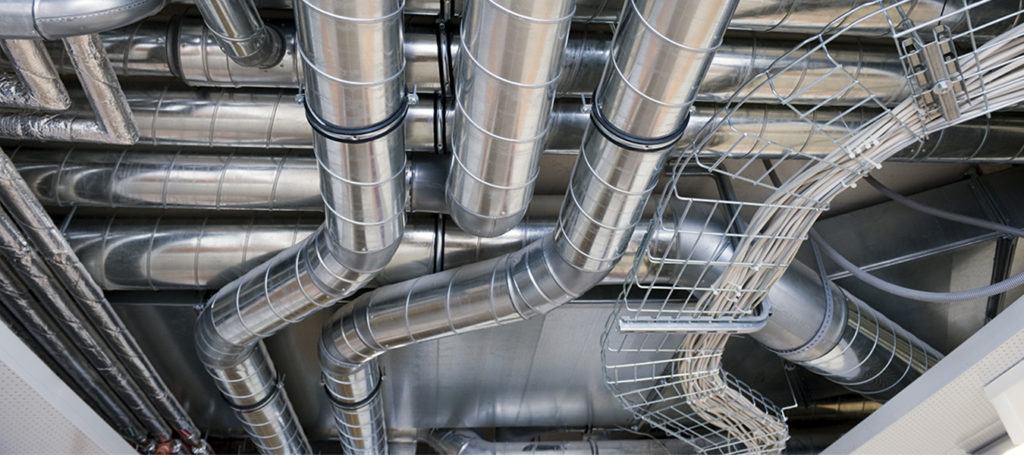
Cool air is delivered to your home via ducts. If these ducts aren’t clean, you can expect that the air you’re receiving is also carrying debris and particles each time you run the machine.
Ducts can be easily vacuumed to ensure there is sufficient airflow reaching the HVAC unit. Dirty and clogged ducts can cause health issues, such as difficulty in breathing. It will make the unit work harder to produce cold air, reducing its efficiency and shortening its lifespan.
5. Condensate Drain
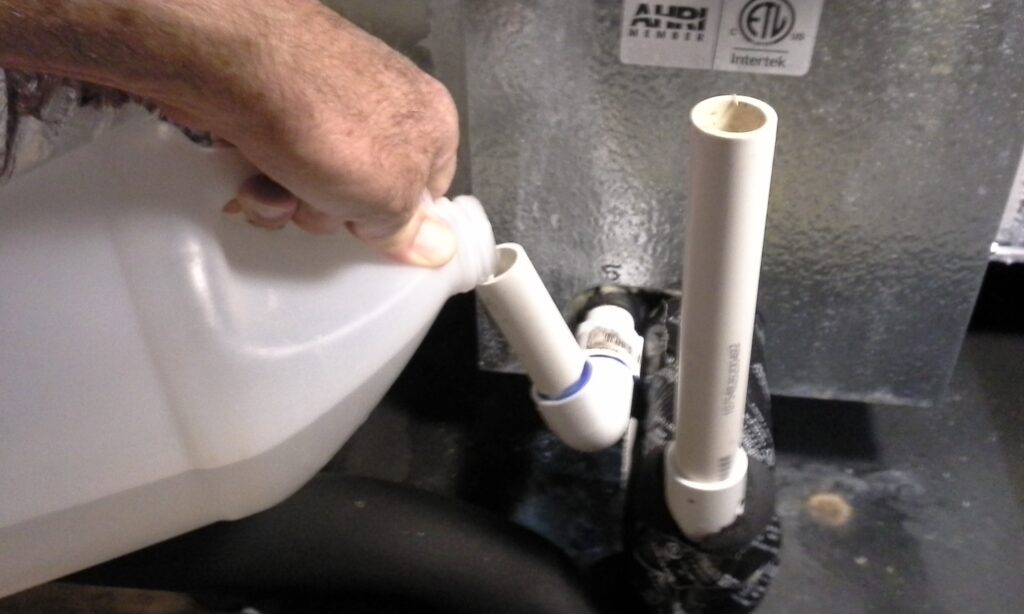
The condensate drain makes sure the water is being drained properly outdoors. This, too, can get dirty and clogged, impeding the draining system over time. The condensate drain needs to be periodically checked to make sure it’s functioning at its best.
The best time to check on your air conditioner would be in spring. While there are several things you can do on your own, an annual checkup by professionals can include making sure all electric wirings are in place, cleaning the system, and lubricating fan ports. This will save you the chore of opening up the system on your own.
A professional technician may also be able to detect more serious problems that tend to happen after years of use to get your AC running as good as new. You can contact ac repair denver for they can assist you in quickly and safely repairing your air conditioner.







